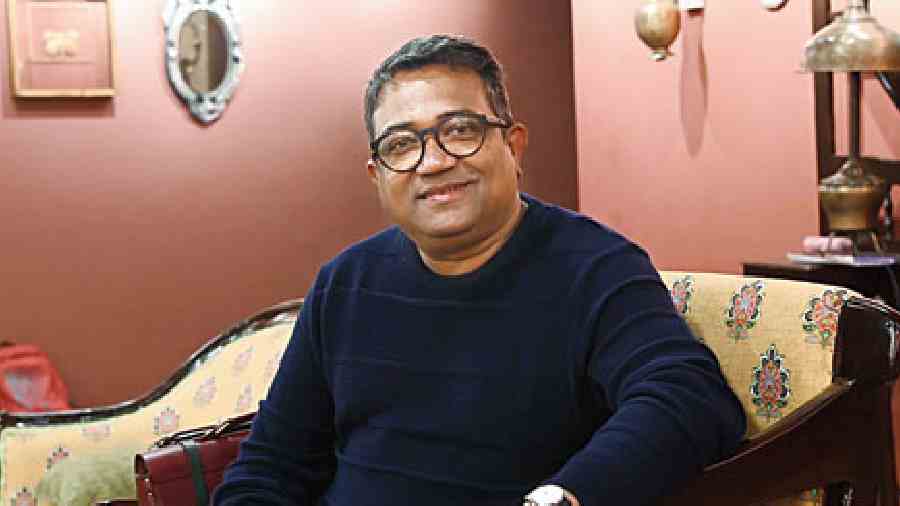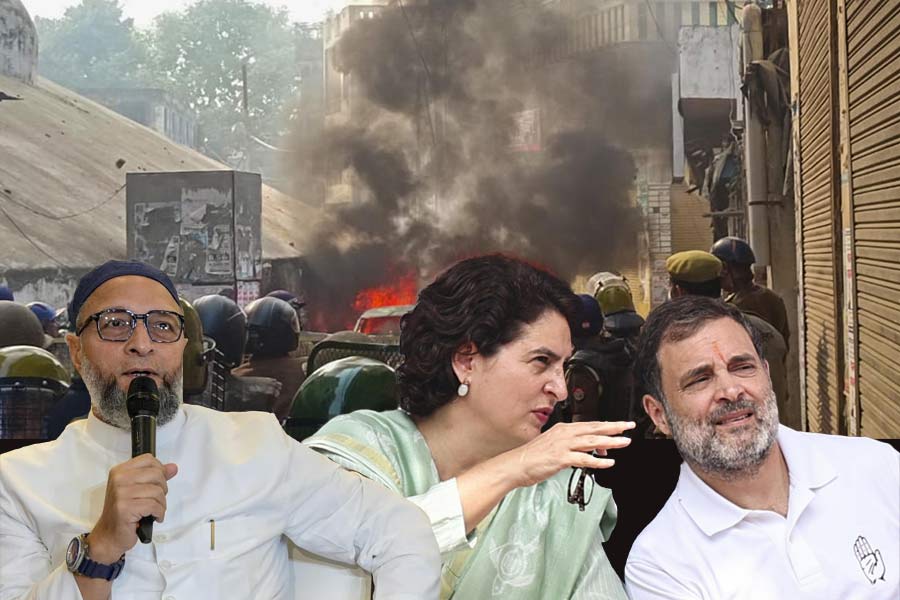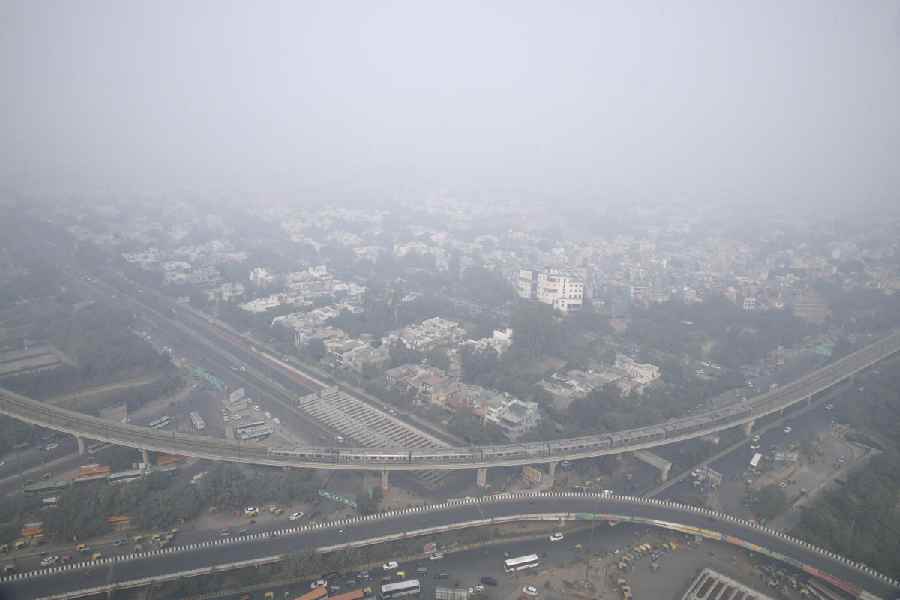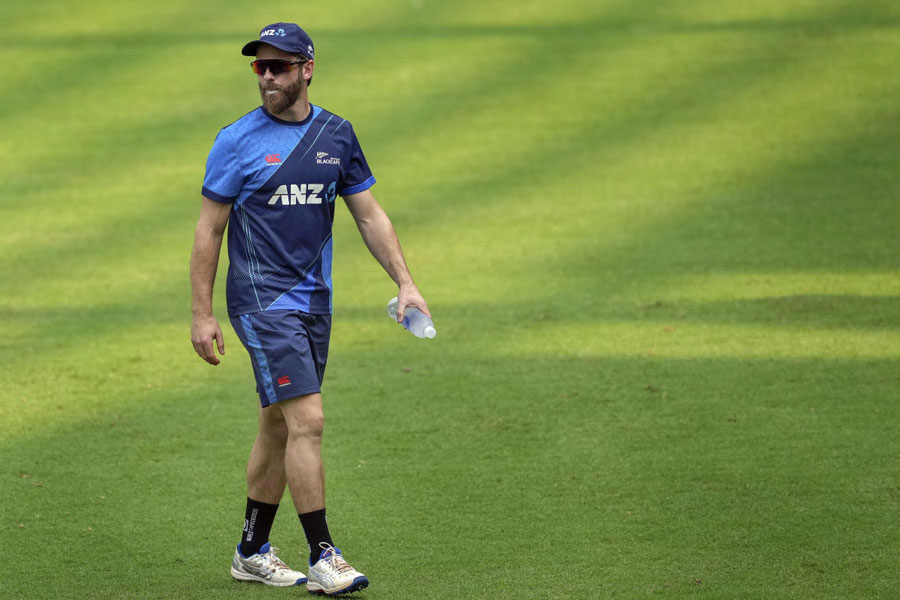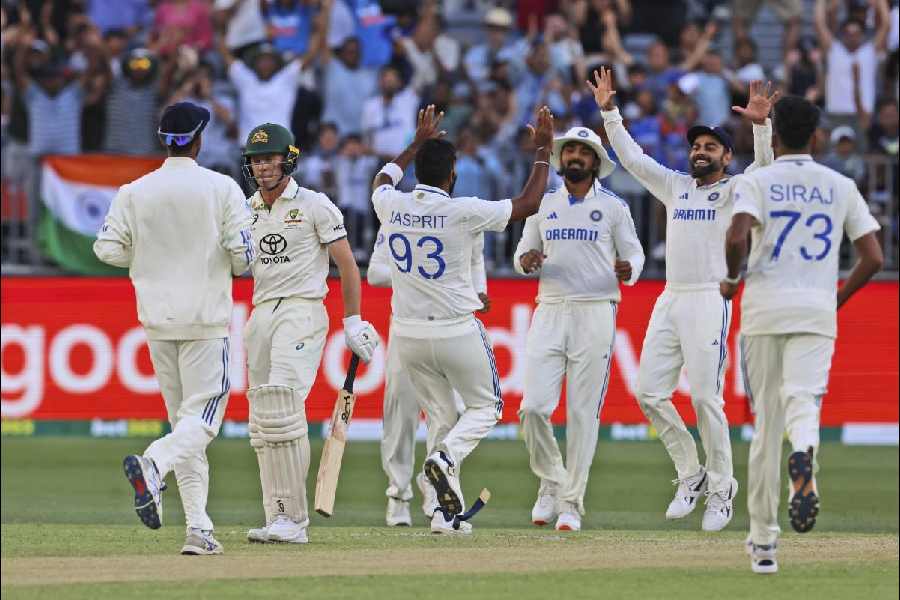Sudeep Chatterjee has held the canvas to the imagination of a number of directors, from Buddhadeb Dasgupta, Nagesh Kukunoor to Sanjay Leela Bhansali. It is through his optics that film-makers have seen it all materialise on screen. One of the most important craftsmen in the industry, Sudeep Chatterjee has mounted opulence of the highest order with films like Padmaavat and Gangubai Kathiawadi, and the diurnal resonance with films like Kalpurush, as well. On his recent visit to Calcutta on the occasion of the 28th Kolkata International Film Festival, the two-time National Award-winning cinematographer chatted with t2 on the evolution of the craft and his tryst with images and the process.
From Bara Din to Gangubai Kathiawadi, how has the journey been?
The journey has been fascinating. It’s a real privilege that I earn money from my hobby. I started photography as a hobby. I really wanted to paint but I did not know how to do that, but I have always wanted to share my vision with everybody else through images. I realised with photography, I could easily create a personal image of whatever was around me.
How do you think the craft of cinematography has evolved in India?
Initially, it evolved at a fantastic speed. I am talking about the time when the German cinematographers came to India. And of course, Subrata Mitra took it to a whole new dimension... but till a certain point, even a normal commercial film in West Bengal would have richly brilliant cinematographic work. And then came a time, when cinematography was not important anymore. It was more about the crowds gravitating towards the theatres to watch the star. That was a stretched out period. Few films like Parinda brought some of it back. And right now, standing at this juncture, it is incredibly important. With the boom of OTT, going to the cinema is often something which comes after a second thought. Stars are not pulling in people anymore, because through OTT and social media, accessibility has also evolved. The only thing that pulls the audience to the theatre is a bona-fide cinematic experience. They want to see an Avatar or a Nolan, because that is what the cinematic experience is all about — giving them the spectacle that they want.
Is there a difference in the way you approach a Bhansali film and any other film?
When I read through the script, I completely visualise the film in my mind. The film that comes to me, is what I want to gift my audience as well. That has always been my process. That is why I do not know how to differentiate between a Chotushkone and a Bajirao Mastani. The mind visualises and I enjoy the process of the mind finding its language. Of course, there are constraints. But that has never stopped cinema from blooming. It is about translating a personal experience into something for the screen. Something like Chotushkone was deeply satisfying for me, because it was me trying to see whether I still had it in myself to work within constraints, because I had just come after shooting Dhoom 3. The work was liberating — of letting my mind work in a refreshed way. So, I don’t think there is a strict line that I draw between scripts, when it comes to how I approach them.

(L-R) A moment from Gangubai Kathiawadi | A moment from Bajirao Mastani
How did you feel after your first National Award win for Chotushkone ?
The thing is, we are working continuously. And as a person, I am deeply self-critical. So, once I finish a film, I instantly start thinking about how I could have worked on it a bit differently. And once it releases, I know that it is not in my hands anymore. It is the audiences’ as well. So, I get slightly distant from it. For me, every film is an exercise in trying to better myself. And move on to the next work. So, honestly, I did not get time to enjoy my awards. When I finished Chotushkone, I was already neck-deep into Bajirao, which had its own nitty-gritties and insecurities. And I really fail to understand something. How does one differentiate and rank pieces of art? It is really not about five DOPs being given the same thing to shoot which can be ranked. This is the reason I refuse to be on juries. It’s not that I do not care about it... as an artiste, I don’t believe in stapling ranks on pieces of work. But certainly, these awards obviously get you recognition, and there is an immense sense of joy among your family and friends.
How was the experience of shooting something like Brahmastra?
I was one of the three people involved with the work. I shot the parts which had Mr. Bachchan, the entirety of the scenes in his ashram and the final climax sequence. When Ayan (Mukerji) had approached me for Brahmastra, I was already busy with Padmaavat. And there was some scheduling delays and conflicts, which gave me a buffer time of five months to work on it, before I had to get to Gangubai Kathiawadi. Brahmastra was a fascinating experience, with us working on something like that for the first time. There was a lot of pre-visualisation involved. It was the first time we worked with the British VFX house, DNEG, the house that has worked on films like Interstellar, Dune, Ex Machina, Blade Runner 2049 et al. And the experience was out of this world. To create the forests and the experience, they had in-house botanists and zoologists. The expertise is exceptional. Keeping all the imaginary and abstract details in mind, every shot needed to be carefully mastered. It was incredibly educative as well.
Who is the one cinematographer you have always looked up to ?
Subrata Mitra, above everybody else.
Picture: B.Halder

